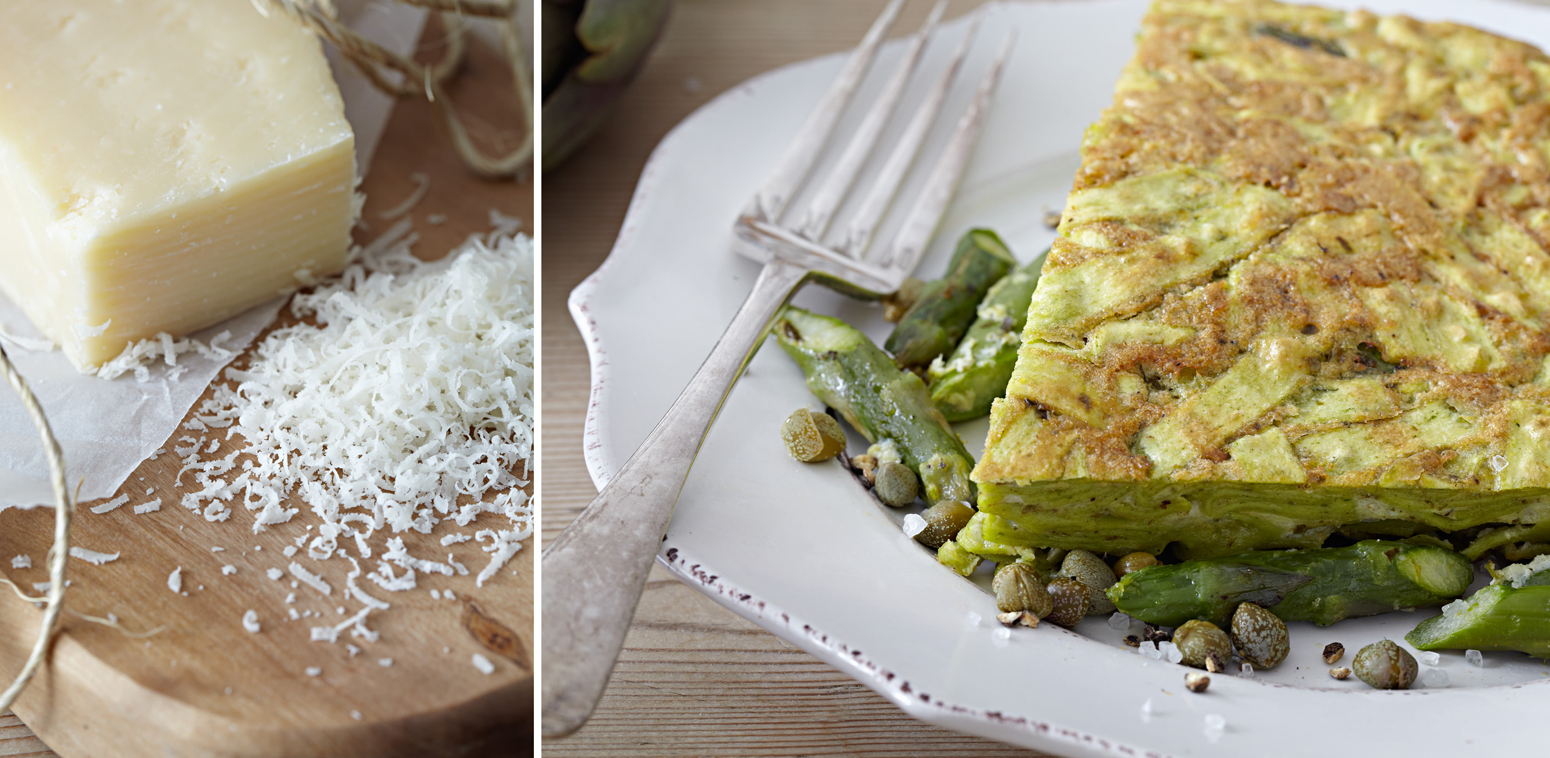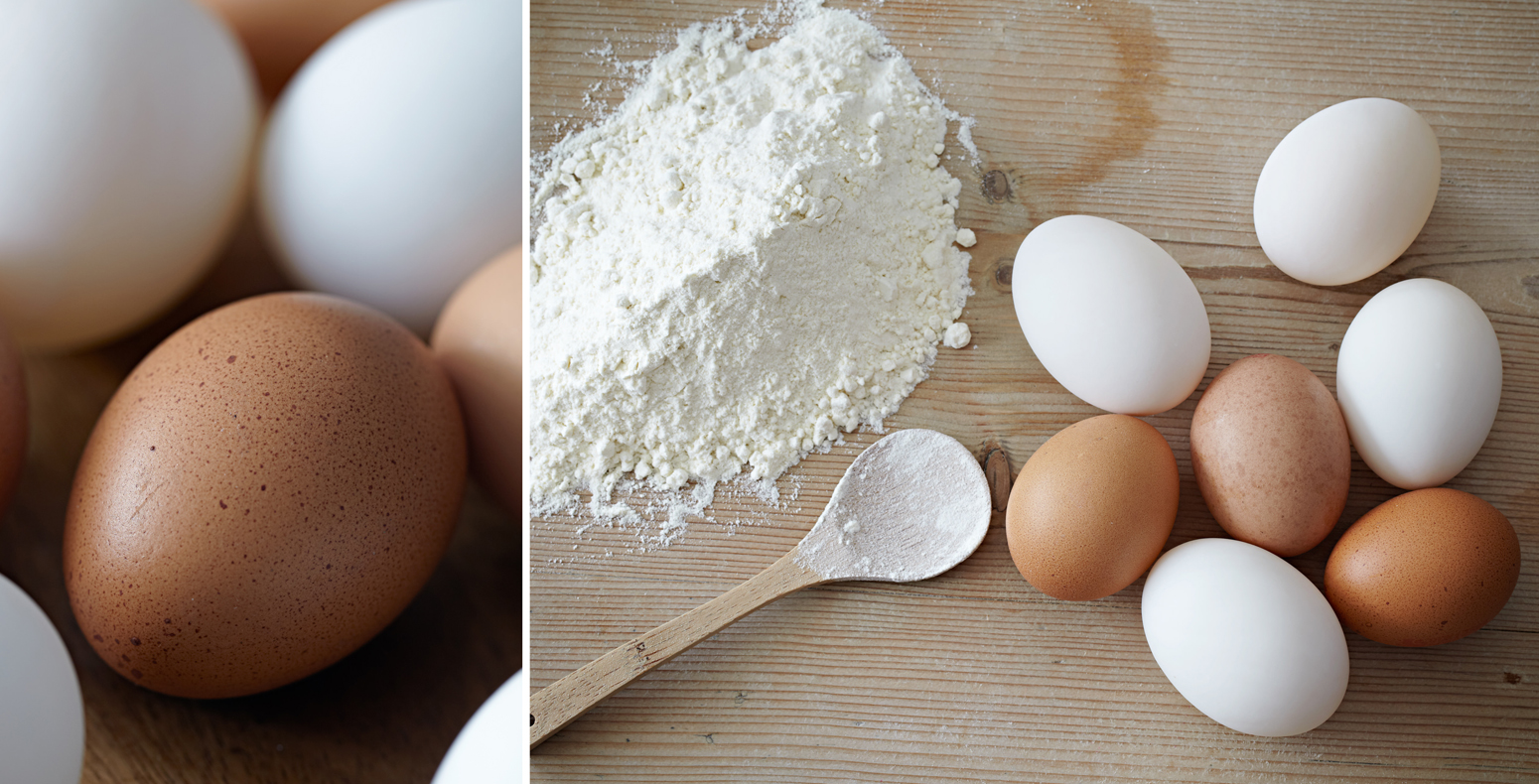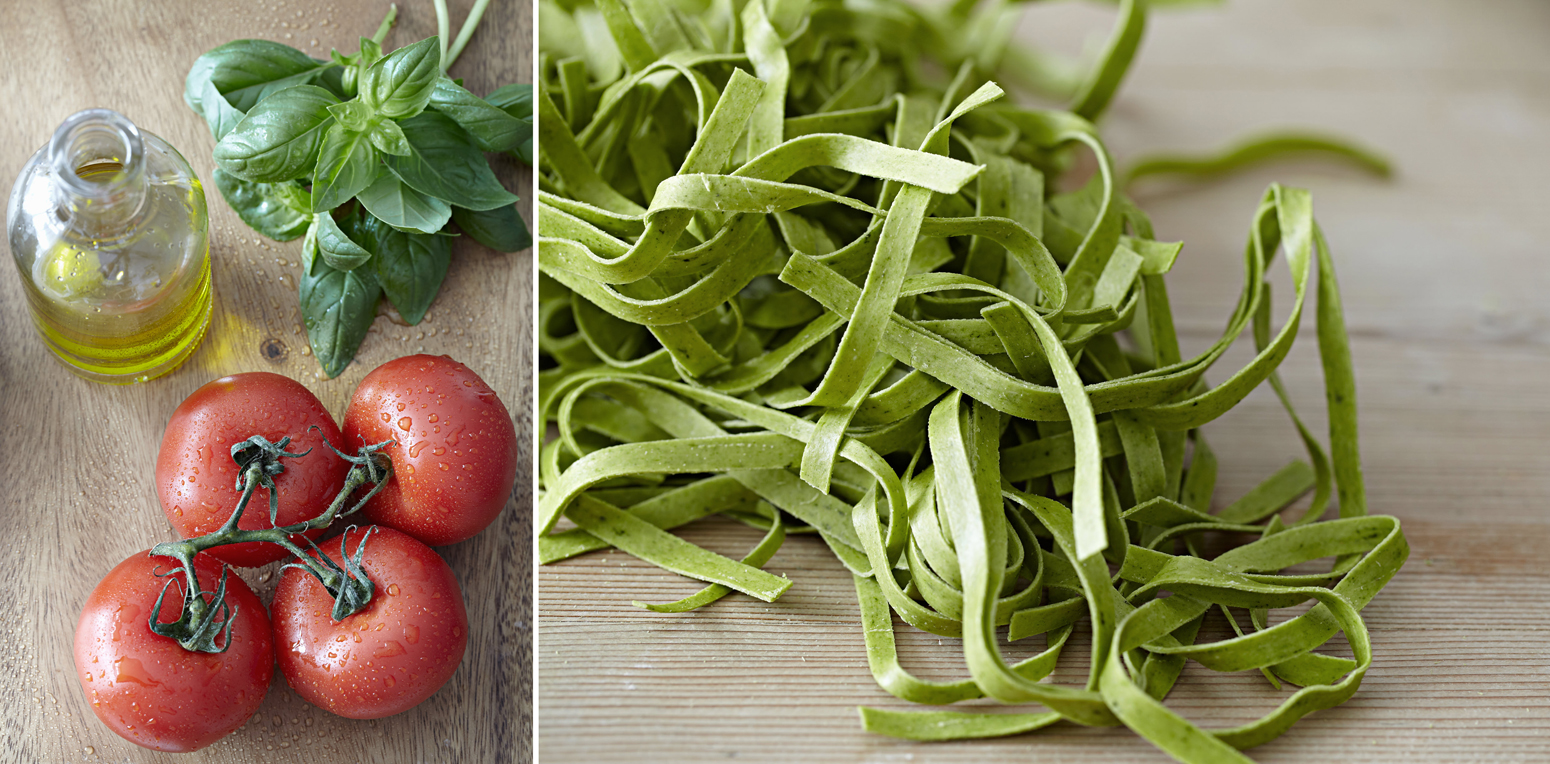Recipe
Food Memories: "Frittata di pasta" – a vintage, thrifty Italian recipe
Words by Serena MarianiPhotography by Debby Lewis-Harrison
“Pasta” and “leftovers”, ce sont deux mot qui vont tres bien ensemble… NO, NOT REALLY. If you ask any Italian Mamma or Grandma, they will always, always tell you to finish your food and, if possible, lick the plate clean (not literally – use some bread to wipe it with a scarpetta, literally “little shoe”). “If you don’t eat, it’s a sin!” is probably the first Italian expression my foreign boyfriend had to learn in Italian. And it is true. For a reason.
Italian cuisine comes from a heritage of limited resources if not dire poverty, where the meaning of “portion control” was more an issue of how to share too little food between too many people. Waste was not an option and this brought a variety of ingenious ways to use leftovers – extra pasta, cold polenta, stale bread – for home cooks having to make do with whatever was left. My parents come from the generation growing up in the early ’60s – one that was not starving anymore but certainly was not throwing food away, happy with little and with no worries about the best filter to apply to Instagram pics of lunch.
I asked my Dad to help me write down the recipe for the perfect “Frittata di pasta” – he always told me it was his favourite dish as a kid, and that he would run back from school with joyful anticipation when he knew that this simple leftover dish would be on the table.
As it often happens with leftovers, this is more of a technique than a recipe. The goal is to restore subpar food into its glory (you see, eating yesterday’s pasta straight out of the fridge is not really an option for any self-respecting food lover). Cold pasta loses its “al dente” quality and becomes chewy and often bland; sauce tends to separate; it’s easy to see why most Italians would eye the classic “pasta in a Tupperware” microwaved lunch with suspicion. To make it into something edible, you’ll need something to re-bind together the ingredients, make the texture more pleasant and give the ensemble a bit of zing. Enter eggs and cheese.
For cooking, of course a microwave won’t do. To reignite the flavours and add an extra layer of depth, you will need a proper flame, together with the Western equivalent of the smoky-taste-dispenser, the wok: a heavy-based pan or a shallow skillet. Liberal amounts of olive oil are of course a must – if you’re having all the carbs, no point in skimping on a little fat.
The result is a fat, soft pancake with a deliciously burnt surface and crispy edges, and with touches of gooey cheese here and there. It should be eaten piping hot and it goes well with a Vermentino (red) or a Soave (white) – hey, we’re not in Kansan anymore, not in frugal ’60s Italy baby!
Thanks to @Gastro1 and @BeirutiBrit for the frittata wine pairing suggestions.
Ingredients
Leftover pasta
– any format goes; you may want to chop bigger ones roughly into smaller pieces. I used leftover fresh pappardelle and cut them in half.
– any type of sauce will do as well, just remember to chop bigger bits of sauce – like for example meatballs or prawns – so they don’t stick out from the pancake and can get easily and quickly cooked through. In my version, I had a pesto and asparagus white sauce (no cream, just olive oil.
Eggs (happy hens, the fresher the better, etc. etc.)
How many: count 1.5 per person; if it’s just you, just do 2 (cooking burns calories)
Cheese: finely grated Parmigiano or Grana Padano are strongly recommended for the wonderful umami flavour they impart to the dish and for the extra crunchy crust they form. “Parmesan” is forbidden.
Optional: another cheese cut in small cubes or grated in larger chunks; you can get creative with leftovers here, any non watery, melty cheese from Cheddar to dry mozzarella will do.
How much: the idea is to have a bit of cheese every other bite, not to have a cheese pie, so use your judgment. For the grated cheese, a heaped tablespoon per egg.
Salt, pepper and spices: if you wish to add an extra kick go on but don’t be heavy handed. I added a tiny bit of turmeric (not at all Italian) and chili flakes.
Method
The pasta should be at room temperature (microwave allowed to defrost frozen food. Maybe).
Heat some olive oil in the pan. Think 3 tablespoons for a 20 cm pan. Make sure to coat the bottom of the pan with the oil by shaking it around when it starts warming up.
In the meantime, beat the eggs for a few seconds with salt, pepper, and spices if you are using them. You don’t want to whisk them too much, just to mix the yolk and whites. Add the grated cheese and stir.
When the oil is hot, tip the pasta/eggs/cheese mixture in – it should start to sizzle immediately. Try to spread the pasta over the pan surface and flatten it as much as you can. DO NOT STIR, the idea is the pasta should be a bit burnt caramelized. If you don’t see oil sizzling at the edges, you probably haven’t used enough oil and your frittata is not going to turn out. Double sin!
Lower the flame (the skillet should keep the heat high anyway) and leave the frittata to cook for no more than 5 minutes on one side.
Now, the flipping. Everyone has his or her technique so use what works for you, just consider this is more prone to break than a thin frittata. I normally use a plate bigger than the pan to cover the pan (off the flame), flip it over, and then slide the frittata back onto the pan. Again, oil will make all this smoother and you should have enough at the beginning.
Cook the other side a little shorter, until it looks brown and crunchy and delicious.
Leave to cool slightly in the pan, dish out on a plate, cut into quarters and enjoy.




